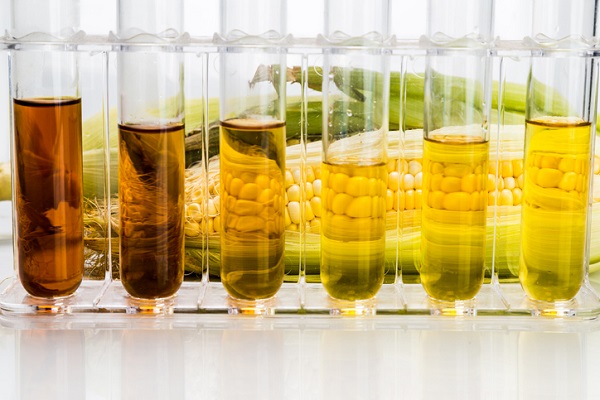
If you’re looking for a fuel that can also reduce your carbon footprint, this might just be it. Ethanol is an environmentally-friendly alternative type of fuel, as it’s made from various renewable sources such as processed corn. As it comes together with unleaded gasoline, it makes fuel that not only reduces emissions, but also has higher levels of octane and is more cost-efficient than other types of biofuels.
Its status as a clean-burning and ecologically beneficial fuel made from carbon, hydrogen and oxygen makes it stand out, and is something those in the automotive industry should read up on if they haven’t already. With that in mind, here are three things any auto mechanic should know about ethanol.
1. There Are Two Ethanol-Gasoline Blends That Can Work Well for a Car
When it comes to putting ethanol in a vehicle, two blends can be used. One consists of 10 per cent ethanol and 90 per cent gasoline (known as E10), while another—known as E85—is 15 per cent ethanol and 85 per cent gasoline. The difference between these two types of mixtures is that the E10 blend—the more commonly used of the two—doesn’t require any specific fuel equipment or modifications to a vehicle’s engine, while the E85 blend will. The latter blend is used for flexible fuel cars, which can use the E85 or a mixture of the E85 blend and regular gasoline. An automotive mechanic should know that the E10 mixture has also been known to increase a car’s fuel octane, allowing for improved performance and a more powerful vehicle.

2. It’s a Process With a Number of Complex, But Necessary, Steps
Since learning how to service the car’s engine is part of your mechanic program, the process of how ethanol is made is a good one to know about as an aspiring auto mechanic. But how exactly does it work? It begins with growing plants like corn, which are then processed after being harvested.
After being broken down into tiny particles, cornstarch is then broken down further into powder and mixed with both water and alpha-amylase, which breaks it down even more so that it can then be heated and converted into a liquid. The mash is then broken down again at an even higher temperature before being cooked and cooled, and then converted into sugar after another enzyme is added to the mix. It is then fermented for 48 hours.
Following this, around 10 per cent of ethanol will be present in the mixture, which becomes heated once more to allow the ethanol to evaporate. It then becomes a grain alcohol, and about two per cent of gasoline is added to it to render it non-consumable before being readied for shipment.

3. Any Automotive Mechanic Will Be Impressed by Ethanol’s Benefits
Thanks to it being made from renewable sources, ethanol is considered an environmentally-friendly type of fuel, and its ecological benefits are wide-ranging. For example, ethanol can be synthesized from all plants, including corn, barley and wheat. It also consists of less energy than a gallon of regular, unblended gasoline, and the resulting fuel efficiency is quantifiably beneficial. Carbon dioxide emissions can even be reduced by up to 30 per cent, which helps make driving cleaner and healthier for everyone.
Looking to attend auto mechanic college?
Contact Automotive Training Centres to find out more!

